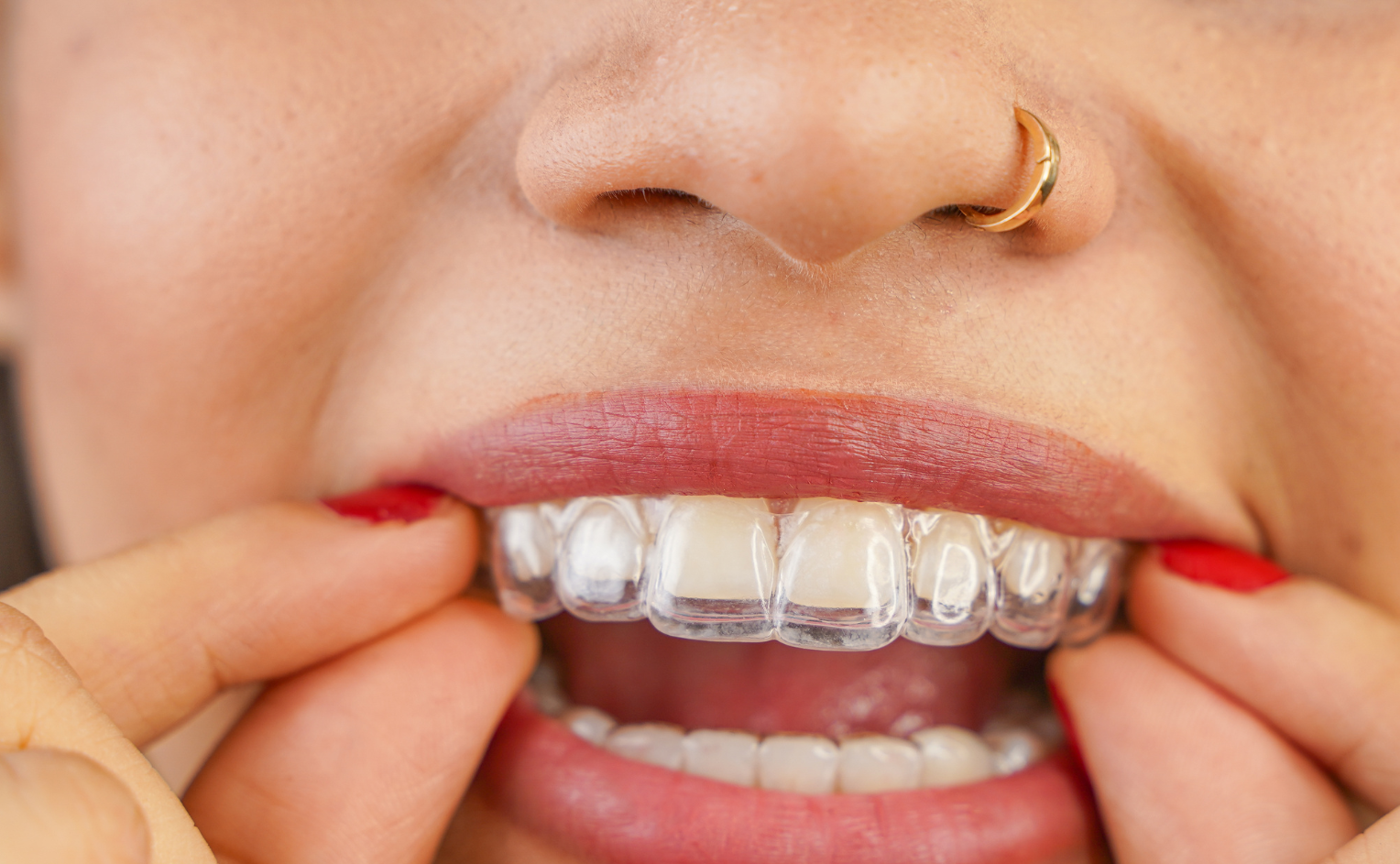Top Questions on Periodontitis, Answered
Key Takeaways
- Gum disease often progresses silently—early signs like bleeding gums should not be ignored.
- Periodontitis can’t be cured but can be controlled with proper treatment and maintenance.
- Deep pockets and gum recession signal advanced disease and require professional care.
- Lifestyle factors like smoking and diabetes increase risk, even with good oral hygiene.
- Regular dental visits and consistent home care are essential for prevention and long-term gum health.
Top 12 Questions On Periodontitis: Understanding, Treating, and Preventing Gum Disease
Periodontitis is one of the most common, yet often overlooked, oral health problems. Many people don’t realize they have it until irreversible damage has occurred.
Unlike cavities, which can cause immediate discomfort, gum disease can progress silently. By the time symptoms like gum recession, bleeding, or tooth mobility appear, the condition may already be in an advanced stage.
There are also several misconceptions that contribute to delayed diagnosis. Some assume bleeding gums are normal, or that bad breath is unrelated to dental issues.
Others believe that tooth loss is an inevitable part of aging, rather than a preventable outcome of untreated gum disease. Addressing these misunderstandings is essential for raising awareness and encouraging early intervention.
1. What Is Periodontal Disease?
Periodontal disease is an infection that affects the tissues surrounding and supporting the teeth. It begins with the accumulation of bacteria in the mouth, particularly in areas where brushing and flossing may not reach effectively.
These bacteria produce toxins that inflame the gum tissue and, if left unchecked, can damage deeper structures like the periodontal ligament and jawbone.
Comparing Periodontitis vs Gingivitis
| Feature | Gingivitis | Periodontitis |
|---|---|---|
| Definition | Inflammation of the gums | Advanced gum infection affecting bone and tissue |
| Cause | Plaque buildup on teeth | Untreated gingivitis leading to deeper infection |
| Symptoms | Red, swollen gums, bleeding when brushing | Receding gums, bad breath, loose teeth |
| Pain Level | Usually painless | Mild to moderate pain, especially when chewing |
| Tissue/Bone Damage | No permanent damage | Can result in loss of bone and connective tissue |
| Tooth Loss Risk | Low | High if left untreated |
| Reversibility | Reversibility Fully reversible with treatment | Manageable but not fully reversible |
| Treatment | Improved hygiene and professional cleaning | Deep cleaning (scaling/root planing), surgery |
2. What Are the Symptoms of Periodontal Disease?
Recognizing the symptoms of periodontal disease early is essential for protecting oral health. Common signs include:
- Bleeding gums during brushing or flossing
- Persistent bad breath or a bad taste in the mouth
- Red, swollen, or tender gums
- Receding gums, which can make teeth appear longer
- Loose or shifting teeth
- Pain when chewing or brushing
One of the frequently asked questions is, “Why does gum disease hurt?” While early stages like gingivitis may be painless, pain can begin as the condition worsens. This discomfort is usually due to inflammation, infection, and exposure of sensitive tooth roots as gums recede.
3. What Causes Periodontal Disease—and Who’s Most at Risk?
The root cause of periodontal disease is bacterial plaque—a sticky film that constantly forms on teeth. If not removed through brushing and flossing, plaque hardens into tartar, which irritates the gums and allows bacteria to spread below the gumline. This triggers inflammation and, over time, can lead to tissue and bone damage.
Several lifestyle, systemic, and biological factors can increase your susceptibility or speed up disease progression, even if you practice good oral care.
Key risk factors include:
- Tobacco use (smoking or chewing), which restricts blood flow and impairs healing
- Diabetes, which weakens the immune response and makes infection harder to control
- Hormonal changes during puberty, pregnancy, or menopause that increase gum sensitivity
- Poor nutrition, particularly low levels of vitamin C
- Stress, which can suppress immune function
- Medications that reduce saliva flow or cause gum tissue overgrowth
- Genetics, which may predispose some individuals to more severe gum issues
- Aging, which compounds risk through long-term exposure to plaque and systemic health conditions
- Inconsistent oral hygiene, which allows bacteria to flourish and tartar to build up
4. What Are the Stages of Gum Disease?
Gum disease progresses in stages, with early intervention being the most effective way to prevent long-term damage.
Gingivitis is the first and mildest stage. At this point, the gums may be red, swollen, and bleed easily, particularly during brushing or flossing. There’s no damage to the bone or deeper tissue yet, and the condition is completely reversible with proper care.
If untreated, gingivitis may advance to periodontitis, which is classified into mild, moderate, and advanced stages:
- Mild Periodontitis: Gums begin to pull away from the teeth, forming pockets where bacteria can thrive. Early bone loss may start to occur.
- Moderate Periodontitis: The infection spreads further below the gumline, causing more noticeable bone loss and possibly tooth mobility.
- Advanced Periodontitis: At this stage, significant bone destruction occurs. Teeth may become loose or fall out, and surgical intervention is often required to manage the condition.
5. How Is Periodontitis Diagnosed?
Diagnosing periodontitis requires more than just a visual inspection. While some signs, like receding gums or visible tartar, may be noticeable, a professional dental examination is essential for a full and accurate diagnosis.
One of the most critical diagnostic tools is periodontal probing, a process where a thin instrument is gently inserted between the tooth and gum to measure the depth of the space (or pocket).
Healthy gums typically have pocket depths of 1 to 3 millimeters. Deeper pockets may indicate the presence of periodontitis.
In addition to probing, dental X-rays play a vital role in evaluating bone loss around the teeth. X-rays help detect damage that isn’t visible during a standard exam and are essential for determining the severity and progression of the disease.
Regular dental visits ensure that any signs of periodontitis can be caught early, before they lead to more serious complications.
6. What Are the Key Signs of Periodontal Disease?
There are several symptoms that may suggest periodontal disease, but four in particular are considered hallmark signs:
- Bleeding Gums: Gums that bleed during brushing, flossing, or even eating can be an early warning sign. This is not normal and should never be ignored.
- Persistent Bad Breath: Often caused by bacteria beneath the gumline, chronic bad breath (also called halitosis) may indicate an ongoing infection.
- Gum Recession: When gums start to pull away from the teeth, it not only makes them look longer but also exposes sensitive root surfaces and deepens periodontal pockets.
- Tooth Mobility: As the supporting bone and tissue are destroyed, teeth may begin to shift or feel loose. This is a late-stage sign and requires immediate attention.
Identifying these four key symptoms early can make the difference between a reversible condition and one that leads to tooth loss.
7. Can Periodontitis Be Cured?
The approach to treating periodontitis depends on the disease stage at diagnosis. Treatment aims to eliminate infection, reduce inflammation, and preserve the supporting structures of the teeth. Management is typically structured in progressive phases, with each tailored to the severity and response to care.
Phase I Therapy: Non-Surgical Periodontal Treatment
The first phase of treatment focuses on controlling infection and halting disease progression through non-surgical methods. The most common procedure is scaling and root planing (SRP)—a meticulous deep cleaning that removes plaque and tartar from below the gumline. The root surfaces are also smoothed to discourage further bacterial colonization and promote gum reattachment.
This procedure is often completed over one or more appointments, depending on the extent of the disease. For patients with mild to moderate periodontitis, SRP alone can significantly improve gum health, reduce pocket depth, and decrease bleeding and inflammation.
Adjunctive Therapy: Antimicrobials and Local Delivery Systems
In some cases, non-surgical therapy is supplemented with antimicrobial treatments to further reduce bacterial load. These may include:
- Oral antibiotics to treat systemic infection
- Locally applied antimicrobials, such as antibiotic gels or microspheres, placed directly into periodontal pockets
- Perio Protect trays, custom-fitted devices that deliver medication under the gumline to treat persistent inflammation non-invasively
These adjunctive therapies are particularly useful when deep pockets or generalized inflammation remain after initial treatment.
Phase II Therapy: Surgical and Regenerative Procedures
For advanced cases where deep pockets, bone loss, or gum recession persist, surgical intervention may be necessary. Common procedures include:
- Flap surgery (pocket reduction surgery): The gum tissue is lifted to allow access to deep areas for thorough debridement. The tissue is then repositioned and sutured for optimal healing.
- Bone grafts: Used when there has been significant bone loss. These help regenerate bone around teeth.
- Gum grafts: Often used to cover exposed roots and restore lost tissue due to recession.
- Guided tissue regeneration: A membrane is placed between the bone and gum to encourage regrowth of supporting structures.
Patient Comfort: Is Periodontal Treatment Painful?
Many patients worry about discomfort during treatment. However, most procedures—especially scaling, root planing, and surgical interventions—are performed under local anesthesia, ensuring that the area being treated is fully numb. Post-procedure soreness is generally mild and manageable with over-the-counter pain relievers.
For those anxious about treatment, sedation options may also be available, depending on the procedure and provider. Most importantly, the benefits of treatment far outweigh the temporary discomfort, particularly in preventing long-term damage and tooth loss.
8. How Long Does It Take to Get Rid of Periodontal Disease?
The timeline for treating periodontitis varies depending on the severity of the disease and how consistently the patient follows through with aftercare.
Periodontitis Treatment Timelines by Stage
- Gingivitis (Early-Stage Gum Disease):
- Improvement possible in 1–3 weeks with proper brushing, flossing, and a professional cleaning.
- Mild to Moderate Periodontitis:
- Scaling and root planing may require 1–2 sessions, followed by a few weeks of healing.
- Noticeable improvement typically seen within 4–6 weeks, depending on follow-up care.
- Advanced Periodontitis:
- May involve surgical procedures or grafting, with recovery and stabilization taking 2–6 months.
- Healing timelines can vary based on the complexity of the case and the patient’s health.
- Ongoing Maintenance:
- Patients are usually placed on a 3- to 4-month recall schedule for periodontal maintenance cleanings.
- This continues indefinitely to prevent relapse and manage chronic inflammation.
9. Will Gums Grow Back After Periodontitis?
The short answer is: not naturally. Once gum tissue has pulled away from the teeth due to the damage caused by periodontitis, it typically does not grow back on its own.
This is because gum tissue doesn’t regenerate the same way as skin or muscle. However, dental professionals can offer regeneration options to restore lost gum tissue.
One of the most widely used procedures is gum grafting, which involves taking tissue—often from the roof of the mouth or a donor source—and attaching it to areas where the gums have receded.
This can protect tooth roots, reduce sensitivity, and improve the appearance of the smile. At Austin Elite Smiles, Dr. Chad Orlich our resident periodontist is available to perform gum grafts with precision and care, ensuring both comfort and long-term results.
In some cases, guided tissue regeneration may be used. This involves placing a barrier membrane between the gum and bone to encourage the regrowth of bone and connective tissue. While these procedures can't return the gums to their exact original state, they can significantly improve gum coverage and stability.
10. How Far Can Gums Recede Before Teeth Fall Out?
Dentists often become concerned when gum recession reaches 3 mm or more and is accompanied by clinical attachment loss and bone deterioration. At this stage, intervention is essential. Without it, tooth loss may follow.
Restorative techniques like bone grafts, flap surgery, and splinting (joining loose teeth) may help maintain stability and prolong the life of natural teeth, even in advanced cases.
11. How Does Gum Disease Affect Overall Health?
While periodontitis starts in the mouth, its effects can extend well beyond it. There is now strong evidence linking periodontal disease with a range of systemic health problems. This connection is largely due to the bacteria and inflammatory byproducts that enter the bloodstream through infected gum tissue.
One of the most concerning associations is with cardiovascular disease. People with gum disease have been found to have a higher risk of heart attacks, stroke, and arterial inflammation. The theory is that oral bacteria may contribute to the formation of arterial plaque or trigger inflammation that affects heart health.
Diabetes and periodontal disease also share a two-way relationship. High blood sugar levels can increase the severity of gum disease, and severe gum infections can make blood glucose harder to control.
For pregnant individuals, untreated periodontitis has been associated with complications such as premature birth and low birth weight. Researchers believe that systemic inflammation plays a role in disrupting normal pregnancy progression.
12. How Can You Prevent Gum Disease?
Preventing gum disease is far simpler and more cost-effective than treating it. It begins with consistent oral hygiene practices. Brushing twice a day with fluoride toothpaste, flossing daily, and using an antimicrobial mouthwash can remove the plaque and bacteria that cause gingivitis and periodontitis.
However, home care alone isn’t always enough. Regular dental visits are critical. During these checkups, dental professionals can remove tartar that has hardened beyond the reach of a toothbrush and detect early signs of gum inflammation. Most people benefit from cleanings every six months, but those at higher risk may need visits more frequently.
Nutritional and Lifestyle Tips for Healthy Gums
Your daily habits—what you eat, how you manage stress, and how consistently you care for your health—have a direct impact on your gum health. Small, steady choices add up over time and can prevent or slow the progression of gum disease. Here are practical strategies:
- Eat a balanced, anti-inflammatory diet rich in leafy greens, berries, fatty fish (like salmon), and nuts to help reduce inflammation and support tissue repair.
- Prioritize key nutrients such as vitamin C, calcium, vitamin D, and coenzyme Q10 to strengthen the immune system and promote healing.
- Stay hydrated to support saliva production, which helps rinse away bacteria and maintain a neutral pH in the mouth.
- Avoid tobacco in all forms, as it impairs healing and increases the risk of gum disease.
- Limit sugary snacks and processed foods that can contribute to plaque buildup and inflammation.
- Manage stress and get quality sleep, both of which improve your body’s ability to fight infection and maintain oral health.
Combined with regular dental visits, these consistent lifestyle practices form the foundation for long-term gum health.
Gum Problems That Need Expert Help—Schedule with a Periodontist Today!
While general dentists can diagnose and treat the early stages of gum disease, there are situations when seeing a periodontist—a specialist in gum health—is the better option. You should consider consulting a periodontist if:
- Your gums are receding rapidly
- You have deep pockets around your teeth
- Teeth are becoming loose or shifting
- You have persistent inflammation despite regular cleanings
If you're experiencing any of these symptoms or have been referred by your dentist,
schedule a consultation
with the resident periodontist at Austin Elite Smiles. Our team is here to provide expert care and personalized solutions to help you restore and maintain healthy gums.














